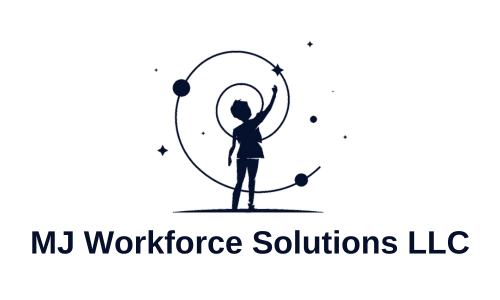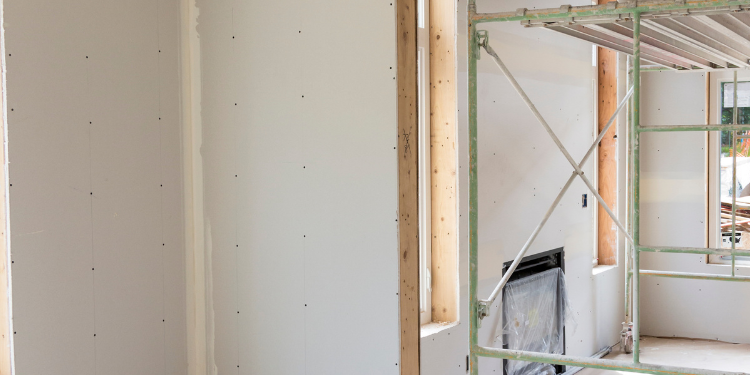Drywall installation is a fundamental part of home improvement projects in Allen, Texas, especially for homeowners looking to refresh interiors or repair damaged walls. While the process may seem straightforward, safety should never be an afterthought. At MJ Workforce Solutions, we believe in providing guidance that prioritizes your well-being as much as achieving a beautiful finish. Whether you’re planning a DIY project or considering professional help, understanding safety guidelines is essential for a stress-free and hazard-free experience.
Key Takeaway: Safe drywall installation involves proper preparation, the right tools, personal protective equipment, and awareness of potential hazards.
Preparing for Drywall Installation
Organizing Your Workspace
Before starting, ensure your work area is clear of unnecessary items. Clutter increases the risk of trips and falls. Proper lighting is also vital so you can see what you are doing clearly. When working in smaller spaces like kitchens, this step is particularly critical, as you might also be considering projects such as kitchen cabinet staining. Keep all materials—sheets, screws, and tools—within easy reach but out of walkways.
Gathering the Right Tools
Using the correct tools makes your project safer and more efficient. Common tools include T-squares, drills, utility knives, and drywall lifts for ceiling installations. Avoid makeshift alternatives that can lead to injury or damage. Investing in quality tools is a smart move for both performance and safety.
Checking the Wall Structure
Before attaching drywall sheets, inspect the studs, electrical wiring, and plumbing. If anything looks worn or damaged, fix it first. This ensures the drywall sits securely and prevents future accidents related to hidden hazards behind the wall.
Personal Protective Equipment (PPE)
Safety Goggles and Masks
Drywall dust can irritate your eyes and lungs, so always wear safety goggles and a dust mask. Prolonged exposure to airborne particles can lead to respiratory issues. When sanding, consider using a respirator for added protection.
Gloves and Clothing
Gloves protect your hands from cuts when handling sharp tools or edges of drywall sheets. Choose gloves with a strong grip to reduce slipping risks. Wear clothing that covers your arms and legs, ideally something durable and snug to avoid snagging.
Footwear Matters
Closed-toe, non-slip shoes are essential when lifting heavy drywall sheets or working with ladders. Proper footwear can prevent injuries caused by dropped tools or slips on dusty floors.
Handling Drywall Sheets Safely
Lifting Techniques
Drywall sheets are heavy and awkward to handle. Use your legs—not your back—when lifting. Bend your knees and keep the sheet close to your body to minimize strain. For ceilings, use a drywall lift to avoid unnecessary risk.
Partner Up
Whenever possible, work with a partner. Drywall installation is rarely a one-person job, and trying to do it alone increases the chance of injury. Teamwork not only makes lifting easier but also helps with precise alignment.
Securing Sheets Properly
Ensure each sheet is securely fastened to the studs using the correct type of screws. Loose drywall can lead to accidents later, especially if it falls or shifts during finishing.
Electrical and Utility Precautions
Identifying Wiring and Pipes
Before drilling or screwing into walls, verify the location of electrical wires and plumbing pipes. A stud finder with live wire detection can help you avoid dangerous mistakes that may lead to electric shocks or water leaks.
Turning Off Power
If you’re cutting out sections for outlets or switches, turn off power at the breaker box. Working on live electrical systems while installing drywall can be extremely hazardous.
Working Around Plumbing
If you encounter pipes while cutting, proceed slowly and double-check measurements to avoid causing leaks. A small mistake could result in costly water damage and unsafe conditions.
Keeping the Environment Safe
Controlling Dust
Drywall dust can settle on floors, making them slippery and increasing the risk of falls. Use a vacuum or damp cloth regularly to clean your workspace. If the job requires significant sanding, consider sealing off the area with plastic sheeting to contain dust.
Managing Waste
Collect and dispose of scraps and debris as you go. Piles of broken drywall or empty boxes can create hazards for anyone working nearby. Keep a designated bin for waste materials to maintain an orderly environment.
Ventilation is Key
Good airflow reduces dust accumulation and keeps the air breathable, especially in enclosed spaces. Open windows or use fans to promote circulation during installation and sanding.
Answering Common Questions
What is the biggest safety risk when installing drywall? The most common risks include lifting injuries, exposure to dust, and accidental contact with live wires. Following proper lifting techniques and using PPE can greatly minimize these hazards.
Do I need professional help for drywall installation? While DIY drywall installation is possible, hiring professionals ensures the job is done correctly and safely. Experts know how to manage hazards and deliver a flawless finish. Consider exploring our drywall services if you prefer a stress-free experience.
How do I protect my home during drywall installation? Cover floors and furniture with plastic sheeting to prevent dust and damage. Seal off adjacent rooms to reduce dust spread, and maintain proper ventilation throughout the process.
The Role of Moisture Control
Moisture can compromise both safety and durability during drywall installation. High humidity levels make materials harder to handle and increase the risk of mold growth later. Always store drywall sheets in a dry area before installation.
How Professional Services Simplify the Process
Hiring an experienced team not only saves time but also ensures compliance with safety standards. Professionals bring the right equipment and expertise to handle challenges like ceiling installations or working around complex electrical setups.
Why Local Expertise Matters
For homeowners in Allen, Texas, working with a local team means faster response times and tailored solutions. Our crew understands the unique climate challenges in this area and adapts installation techniques accordingly for long-lasting results.
Partner with MJ Workforce Solutions for Safe and Beautiful Walls
Drywall installation doesn’t have to be stressful or dangerous. Our caring professionals are here to guide you through every step—or handle the entire process for you. From preparation to finishing touches, we put safety and quality first. Whether you’re planning to update your space or complement your project with services like wallpaper installation, our team in Allen, Texas, is ready to help. Contact MJ Workforce Solutions today for expert care and a flawless finish.







